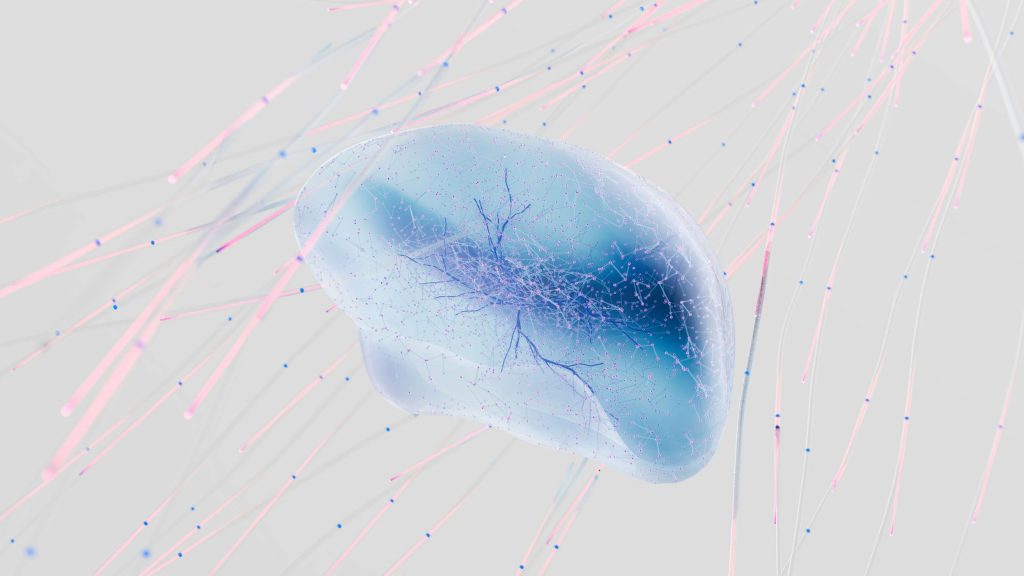In a world increasingly reliant on technology, businesses continuously seek innovative solutions to maintain operational efficiency and customer satisfaction. Enter the concept of AI-driven system self-healing, a transformative approach that not only optimizes performance but also enhances resilience in the digital landscape. This article explores the profound implications of self-healing systems on branding, e-commerce, and the creative industries.
Understanding AI-Driven System Self-Healing
At its core, AI-driven system self-healing refers to the capability of an automated system to detect, diagnose, and resolve issues without human intervention. This advanced functionality is increasingly being integrated into online platforms and services, allowing businesses to minimize downtime, enhance user experiences, and build trust.
Imagine you’re managing an e-commerce store during Black Friday sales. Traffic spikes lead to slow loading times, causing frustrated customers to abandon their carts. With a self-healing system in place, the platform could autonomously scale resources and alleviate performance bottlenecks, ensuring that shoppers enjoy a seamless experience. Such scenarios illustrate how self-healing technology parallels real-world business challenges and consumer expectations.
The Rise of AI and Digital Innovation
The intersection of AI and digital innovation has given rise to transformative tools and techniques that redefine modern business practices. Transformer-based models, a particular type of AI model, have significantly advanced natural language processing, allowing brands to analyze consumer sentiment and preferences at an unprecedented scale.
For instance, in the fashion industry, companies such as H&M leverage AI to not only evaluate customer feedback but also predict trends and stock products accordingly. By integrating self-healing capabilities into their AI systems, these brands can quickly react to market changes, adjust their inventories, and ultimately provide a more personalized shopping experience.
Brand Positioning Through Self-Healing Capabilities
For marketers, understanding how self-healing systems can enhance brand positioning is crucial. Brands that can assure their target audience of reliability and responsiveness often outperform competitors in consumer loyalty and market share.
Consider Netflix, which employs self-healing systems to monitor user interactions and ensure uninterrupted streaming experiences. By proactively fixing potential issues before users encounter them, Netflix not only retains subscribers but also strengthens its brand identity as a cutting-edge, customer-centric service. This reinforces a reputation that translates to long-term success.
Boosting Customer Engagement Strategies
Effective customer engagement is integral to e-commerce success. Self-healing systems can enormously amplify brand engagement by ensuring that consumers face minimal disruptions when interacting with a brand’s digital channels.
- Real-Time Problem-Solving: AI-driven systems can instantly identify problems, like payment failures, and offer solutions, thereby enhancing customer trust.
- Personalization: Machine learning models can analyze browsing habits, tailoring content and recommendations, further anchoring customer engagement to user preferences.
- Proactive Communication: Leveraging AI, brands can reach out to customers before they even encounter an issue, enhancing satisfaction and loyalty.
A case in point is Amazon, whose algorithmic-driven customer service can troubleshoot issues as they arise. By continuously learning from customer interactions, the platform evolves to meet user expectations better.
Cross-Border E-Commerce and Localization Strategies
As businesses expand their reach into global markets, the need for effective cross-border e-commerce strategies becomes paramount. AI-driven system self-healing plays a key role here by adapting seamlessly to different consumer behaviors, cultural preferences, and market regulations.
For example, a brand entering the Asian market can establish localized websites and use AI to adapt content dynamically, ensuring that it resonates with local consumers. In this way, the system can monitor and fine-tune campaigns in real time, correcting any missteps before they affect overall brand perception.
Adapting to Consumer Behavior
Consumer preferences vary widely across the globe. With self-healing systems, businesses can analyze and respond to these preferences effectively. If a particular product is underperforming in a specific region, an AI-driven system can initiate a shift in marketing strategy or inventory management to address the problem.
Industry Applications: Leveraging Self-Healing in Creative Workflows
In creative industries, self-healing systems can drive innovation by streamlining workflows and enhancing collaboration. Creative agencies, for example, can use AI tools to manage project timelines, budgets, and team dynamics, automatically juggling resources and optimizing team performance.
Take the example of a digital marketing firm that uses AI to analyze campaign data. If an ad is underperforming, the system can allocate more budget to high-performing ads, ensuring the best conversion rates without manual oversight. This continuous learning process not only improves campaign effectiveness but also saves time and resources, allowing teams to focus more on crafting compelling narratives.
The Future of Self-Healing Technology
Looking ahead, the potential for AI-driven system self-healing technology is vast. As artificial intelligence continues to evolve, businesses must stay attuned to the latest trends and technological developments. The ability to anticipate market shifts, adapt quickly, and maintain operational efficiency will set apart successful brands in the future.
With policies and regulations surrounding AI technology becoming more robust, companies should also prepare for compliance challenges. However, embracing self-healing AI can lead to sustainability and responsible innovation, aligning with the growing consumer demand for ethical business practices.
Practical Advice for Brand and Business Leaders
To effectively harness AI-driven system self-healing, business leaders should consider the following strategies:
- Invest in AI Infrastructure: Build or upgrade your technology stack to accommodate self-healing capabilities.
- Foster a Culture of Agility: Embrace change and encourage teams to be adaptable and responsive to AI insights.
- Leverage Data: Continuously gather and analyze data to fine-tune your customer engagement tactics and self-healing strategies.
- Stay Informed: Keep abreast of emerging AI developments and market trends that could influence your operations.
By incorporating these practices, brands can effectively navigate the evolving digital landscape and secure a competitive edge.

Looking Ahead
The concept of AI-driven system self-healing isn’t just a transient trend; it represents a pivotal shift in how businesses operate and interact with consumers. As we move forward into an era defined by digital innovation, brands that can efficiently leverage self-healing capabilities will not only enhance their operational resilience but also elevate consumer experiences, strengthen brand loyalty, and drive long-term growth.